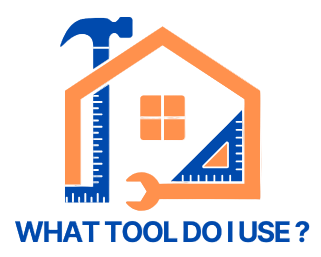FRIQUENTLY ASKED QUESTIONS
1. What type of projects does this site cover?
The site is designed for DIY beginners, hobbyists, and professionals, offering clear guidance on choosing, using, and maintaining tools, along with safety tutorials, comparisons, and project tips.
2. Can I find tool recommendations?
Yes, the site provides detailed comparisons across categories (like cordless vs. corded tools) and reviews of individual models to help you select the best option for your project.
3. Do you provide safety advice?
Absolutely. Safety is a key focus, and the site offers practical tips, step-by-step precautions, and essential guidelines to ensure every project is completed securely.
4. Are there tutorials for beginners?
Yes, our tutorials are beginner-friendly, breaking down tool usage into simple steps while also offering advanced techniques for those looking to improve their skills.
5. How can I get the most out of my tools?
By following our care and maintenance guides, learning proper handling through tutorials, and exploring project ideas, you’ll extend the life of your tools and boost your confidence in every task.
6. Do I need expensive tools to get started?
Not at all. The site highlights budget-friendly options alongside premium tools, helping you find reliable equipment that fits your budget and skill level.
7. Can I learn how to maintain my tools here?
Yes, we provide easy-to-follow maintenance guides covering cleaning, sharpening, oiling, and proper storage to keep your tools in top condition.
8. Does the site cover both hand tools and power tools?
Definitely. From simple hand tools to advanced power tools, you’ll find tutorials, comparisons, and usage tips for a wide variety of equipment.
9. Will I find project ideas or just tool guides?
You’ll get both. Alongside detailed tool guides, we also share project inspiration to help you put your tools into practice and build real skills.
10. How often is new content added?
The site is regularly updated with fresh tutorials, comparisons, and safety tips, so you’ll always have access to the latest guidance and recommendations.
Have a Question? We’re Here to Help!
If you can’t find the answer in our FAQs, our friendly support team is ready to assist. Whether it’s about choosing the right tool, using a product, or getting started on a project, we’ve got you covered.
